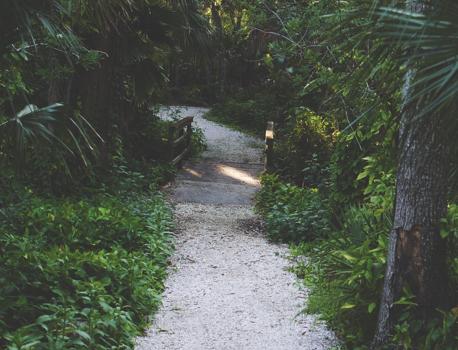1. Myth: Green Homes are Expensive
Fact: Eco-friendly homes come in different types, sizes, and price tags, from a green-minded prefab that can cost less than $150,000 to an eco-urban condo for $690,000 or more. The big difference is in resale value: Eco-friendly homes fetch higher prices compared with conventionally built homes.
2. Myth: Green Homes Look Kooky
Fact: Not all green homes look like grass-roofed hobbit holes or extra-crunchy Earthships. That's old school. Eco-friendly abodes being built today can look just like traditional houses -- except they may have solar panels or small wind turbines.
3. Myth: Green Homes are a "California Thing"
Fact: California has the strictest environmental laws in the country, so it would make sense to think green homes are a hot property in the Golden State. But when you add up the number of houses that were certified in 2012 by Energy Star for their energy savings and eco-friendly benefits, Texas is a green home leader, with more than three times the number of Energy Star-certified homes than California.
| Energy Star-Certified Homes | |
| California | 6,173 |
| Texas | 21,351 |
Plus, both Delaware and Maryland have a higher penetration of Energy Star homes. Both have 40% compared with California's 23%. (Texas is 27%.)
4. Myth: Green Homes Use Only Non-Toxic Materials
Fact: Not always. Spray polyurethane foam is a petroleum-based product that's a controversial green building favorite. Although it's considered an energy-saving rock star because it creates a tight seal and has a high R-value (insulation), the off-gassing it creates during and shortly after installation can cause serious respiratory issues. The EPA still supports its use, but the Passive House Institute U.S. won't certify homes insulated with the material because it contributes to global warming.
5. Myth: Green Homes Require Newfangled Technologies
Fact: Green homes aren't about gizmos and gadgets. They're about better construction methods that boost energy efficiency and promote healthy indoor environments. With that said, developing eco-friendly home habits like unplugging vampire devices or mastering how to program a digital thermostat can help to further shrink your home's carbon footprint.
6. Myth: Green Homes Need Exotic New Building Materials
Fact: Nope! New building materials have a negative impact on the planet because they produce greenhouse gases during both manufacturing and shipping. That's why locally salvaged flooring is considered greener than the bamboo stuff that's harvested from a sustainable source thousands of miles away.
7. Myth: Green Homes Need New Energy-Efficient Appliances
Fact: It's not very green to trash appliances in good working condition, even if they're not rated for energy efficiency, according to the EPA. With proper maintenance major appliances, such as refrigerators and washing machines, can be useful for 10 to 18 years.
8. Myth: Green Homes are Needed More in Urban Areas
Fact: In actuality, rural and suburban homes are the ones that need some serious greening. Thanks to walkability, people who live in high-density cities have a smaller carbon footprint since they burn fewer fossil fuels. Bonus: Walkability can actually increase your home's value.
9. Myth: Existing Homes Can't Be Green
Fact: False! Retrofitting an existing home is much greener than building a new one, according to a study by the National Trust for Historic Preservation. New green homes take 10 to 80 years to overcome the negative environmental affects of the construction process. Since remodeling older homes requires fewer building materials, retrofitting can leave a much smaller carbon footprint.



